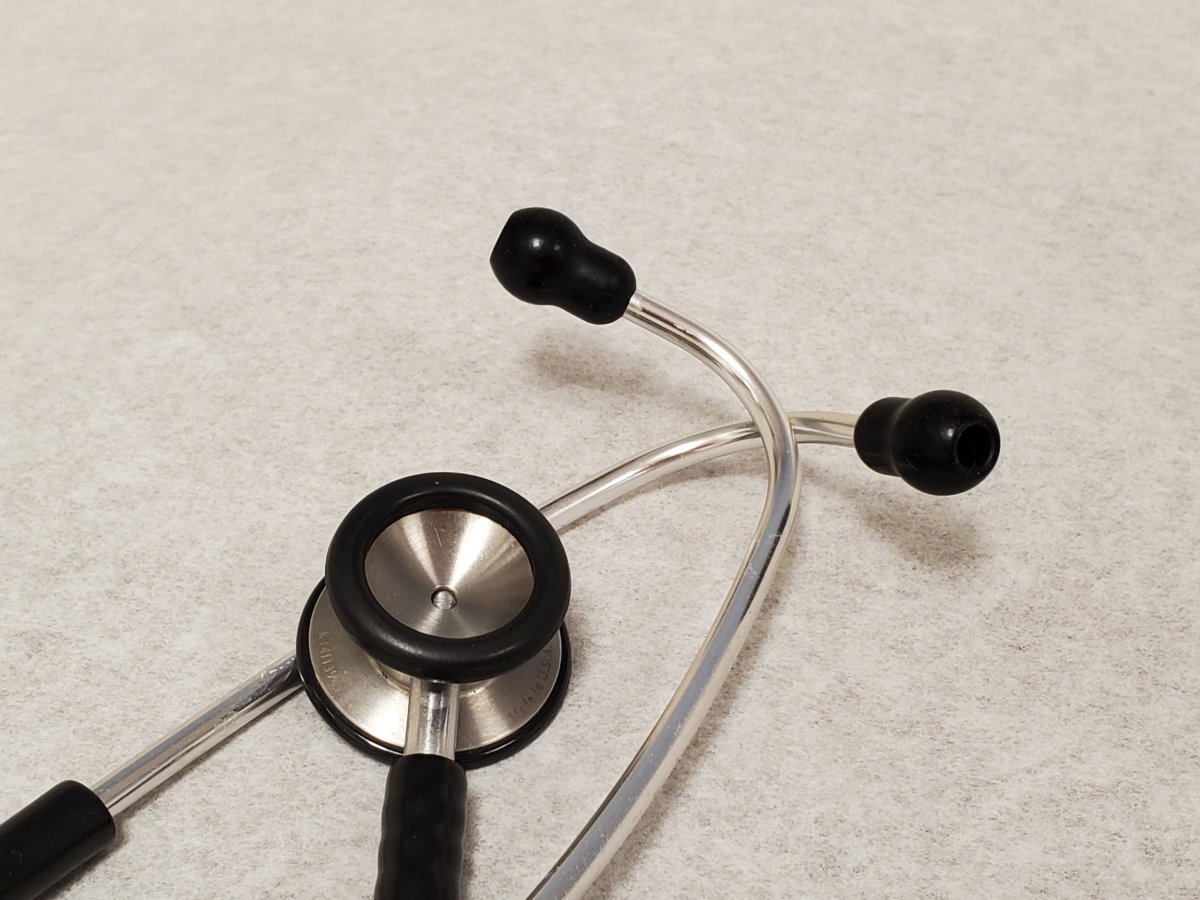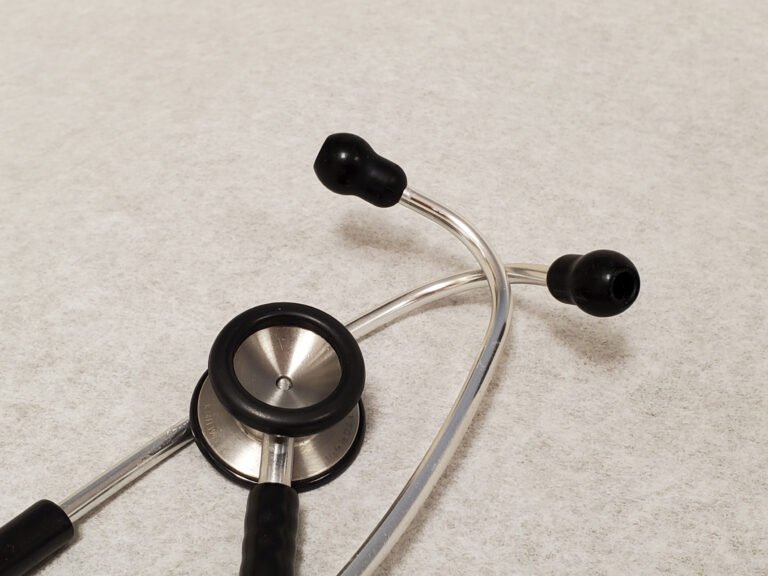Like most Americans, I often start my day on my phone, checking the day’s major news, reading newsletters, and listening to podcasts. As a psychiatrist and CEO of Mindful Care, a multi-state mental health provider, I pay particular attention to how mental health is discussed among the public and in the media. Lately, I’ve noticed a new trend in the news coverage of mental health. After years of discouraging reports about rising loneliness, mental health diagnoses, and overdoses, news outlets and authors are trying to inspire some hopeful empathy. Increasingly, we are seeing news coverage focusing on “promising new programs” and “innovative treatments.” These stories are springing up about exciting new ideas and scientific developments that are sure to save us from national despair.
Mental health statistics have been worsening for years, so we want an easy solution. Take, for example, this hopeful newsletter about suicide prevention efforts. This article details how “means restriction,” or reducing access to particularly lethal methods of suicide, can significantly reduce overall suicide rates. I have high hopes for this work. The newsletter seems to be saying, “Look, there’s a simple and effective solution you can use to save lives! What are we waiting for?”
To me, this style of reporting causes frustration rather than hope. As a practitioner and health care provider, I am familiar with the world of mental health care, and unfortunately there is no silver bullet. Without widespread improvements in access to mental health care, small-scale interventions such as means restrictions will only serve as a Band-Aid for a much deeper crisis, distracting us from the real change that is needed.
To be clear, I’m not arguing that restrictions are helpful. Such small interventions can improve the situation somewhat. Countries such as the United Kingdom and Sri Lanka have succeeded in reducing suicide deaths by restricting access to toxic chemicals and gases. But in the United States, where more than half of all suicide deaths involve firearms, regulation is effectively synonymous with gun control, and activists have been unable to pass gun control legislation for decades. Given these basic conditions, it is unlikely that restrictions will be successful in the United States. Why spend time here discussing small interventions that are unlikely to work?

Smith Collection/Gado/Getty Images
The urge to strike a hopeful tone in the national conversation about mental health is understandable. Our present is dark. Suicide deaths are on the rise in America. Nearly 50,000 people die by suicide in the United States each year. In addition to suicide, many more people die from so-called deaths of despair caused by overdose and drug use. In this swirl of grim news, it’s tempting to look for a silver lining, a silver bullet. It feels good to read short pieces that imagine a better future. But reality beckons.
Exciting new depression research and a few state-level red flag laws will not solve our mental health crisis. A fundamental issue is access to mental health care, especially for people with severe mental health problems. Safety nets under bridges can catch people who try to jump. Restricting access to guns can make it more difficult to complete a suicide attempt. But what happens next? There are still people struggling with serious mental health conditions. They still need care, but where do they go for help?
The average patient must wait six to eight weeks before seeing a mental health professional. For patients with public insurance or no insurance at all, getting treatment is even more difficult. Patients with severe diagnoses must see a psychiatrist who can manage their medication, and face even more barriers.
I run one of the largest psychiatric emergency medical care chains in the country. I believe that easy access to mental health treatment is important, so I accept all patients, even those without Medicaid or insurance. Because of this initiative, we are seeing many patients suffer financial losses.
Our health care system is not set up to serve patients with difficult diagnoses or complex treatment histories. Medicare and Medicaid only pay providers a few dollars an hour. Insurance companies are always looking to shorten and reduce the number of appointments. For many psychiatrists and therapists, it is not financially possible to accept patients with severe mental health diagnoses such as schizophrenia, bipolar disorder, or major depressive disorder. Insurance reimbursement structures actively discourage that.
As a result, many behavioral health practices can no longer afford to see high-need patients. Health care providers like Mindful Her Care, who see every patient, must balance high-needs clients with those who are wealthier and have self-pay or high-quality private insurance.
While it’s comforting to read about simple solutions, our nation’s mental health crisis is deep and complex. Access to care issues are not easy to solve. Improving access to mental health care in this country will likely require a major overhaul of health care laws and insurance reimbursement structures. But no matter how demoralizing these crises are, this is a problem we must face with clear eyes.
Dr. Tamir Aldad is a fellowship-trained addiction psychiatrist and mindful careAward-winning, America’s first psychiatric emergency care. Dr. Aldad received his MBA from the University of Chicago Booth School of Business, graduated from medical school, and completed his training at Northwell Health and a fellowship. He also spent several years conducting behavioral health research as a physician-scientist at Yale University School of Medicine. He is passionate about acute mental health issues, public mental health, and improving access to affordable care.
The views expressed in this article are the author’s own.
rare knowledge
Newsweek is committed to challenging conventional wisdom, finding common ground and finding connections.
Newsweek is committed to challenging conventional wisdom, finding common ground and finding connections.


